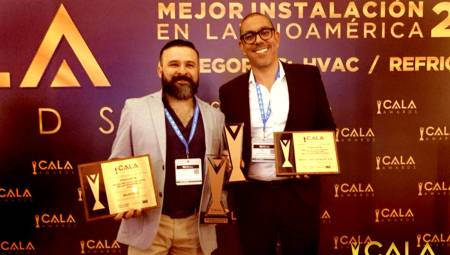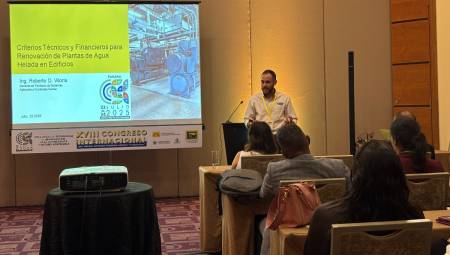Almost less than two hours from Los Cabos, in Baja California Sur, Cabo Pulmo is located. It is the northernmost coral reef in the East Pacific and is currently one of the largest coral reefs in the Gulf of California.
It is a permanent and temporary habitat of a rich variety of species of fish, crustaceans, mollusks, chelonians, birds and marine mammals; many of them under some category of environmental protection at risk, according to the Official Mexican Standard NOM-059-SEMARNAT-2001. The reef has a biological productivity five times higher than the average reef in the Gulf of California and possibly any other in Mexico.
Due to its age and great biological importance, in 1995 it was decreed a Protected Natural Area in its category of National Marine Park and in 2008 it was inscribed as a Ramsar site, to recognize the global importance of this wetland.
Cabo Pulmo is a very unusual case in which a community chose, by itself, to stop fishing and instead protect the ecosystems and environment of the area. Since 1995, the recovery of the reef has been an international success story. Now all this effort and global example are at risk...
In 2008, the company Hansa Urbana submitted to the Ministry of Environment and Natural Resources (Semarnat) an Environmental Impact Statement (MIA), in order to obtain authorization to build and operate the project called Cabo Cortés, in an area adjacent to Cabo Pulmo. The MIA, which should consider all possible impacts to the marine park turned out to be a poor document and omitted important details that would put the reef, coastal dunes and biodiversity of the region at risk. This was confirmed by different areas of the environmental authority in their technical opinions, which were not taken into account by Semarnat. Even so, Semarnat approved it.
In January 2011 the Semarnat modifies the permit granted to Cabo Cortés in which Hansa is allowed to occupy an area of more than 3,800 hectares to build a marina of 490 moorings, installed on the coastal dunes, 27 thousand rooms and two golf courses, among more infrastructure. That is, a housing capacity almost equal to that of Cancun, in a semi-desert area that has historically been of very low population density.
Semarnat ignored the opinion of scientists, the strong opposition of the Cabo Pulmo community, as well as the arguments presented by the "Cabo Pulmo Vivo" coalition, which integrates individuals, academics and civil society organizations. In addition, it did not take into account the availability of water in the region and the criteria of the Ecological Management Plan of Los Cabos.
The main risk to the Cabo Pulmo reef is the dragging of pollutants, sediments from the dredging of the marina, oils from the boats, brines from the desalination plant, wastewater; especially at times of the year when the currents go from north to south. All this would directly impact the great biodiversity conserved and recovered in 15 years of work.
Cabo Cortés is not a necessary project to economically develop Baja California Sur. It is more important to strengthen existing tourist destinations, such as Los Cabos, La Paz and Loreto, which have not managed to get out of the economic crisis and continue with a tourist occupation well below their capacity.
At the request of Greenpeace and other NGOs, UNESCO demanded from the Mexican government information about the damage that the construction of Cabo Cortés could cause in Cabo Pulmo, a world heritage site since 2005.
As you will remember, at the beginning of last March the Semarnat approved this mega-development of more than 27 thousand rooms in Cabo Pulmo. With this decision, which implies an accelerated urban growth, Cabo Pulmo could move to the red list of the world heritage in danger. Greenpeace will seek recommendations from UNESCO in order to preserve it.
It should be noted that this week, scientists and local organizations will be working in Spain, with Greenpeace, to denounce what the Hansa corporation intends to do in Cabo Pulmo.
Source: Greenpeace

Authors: Val













